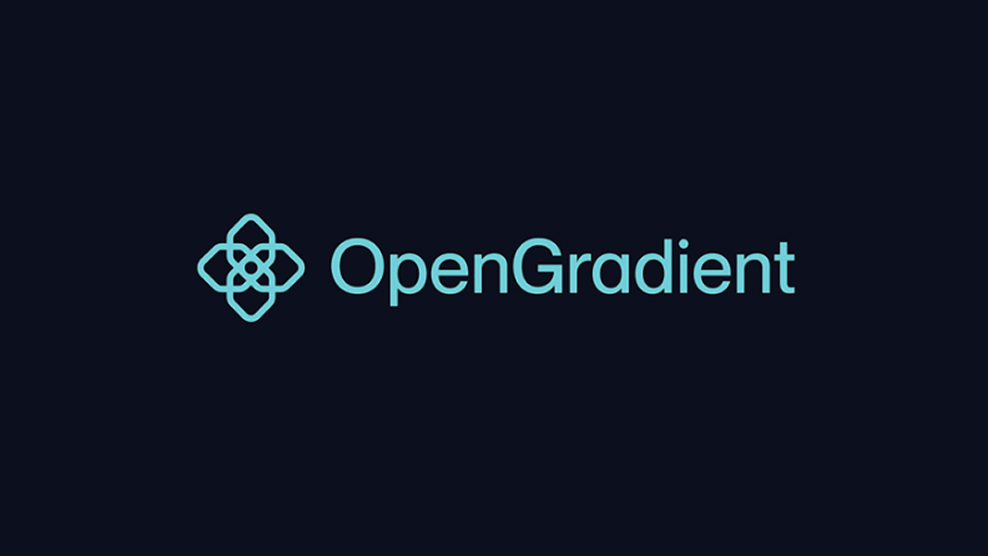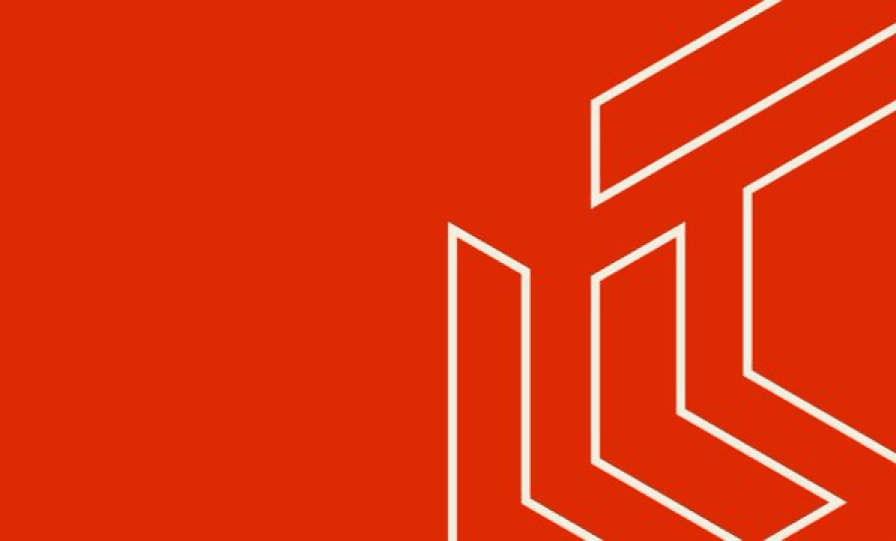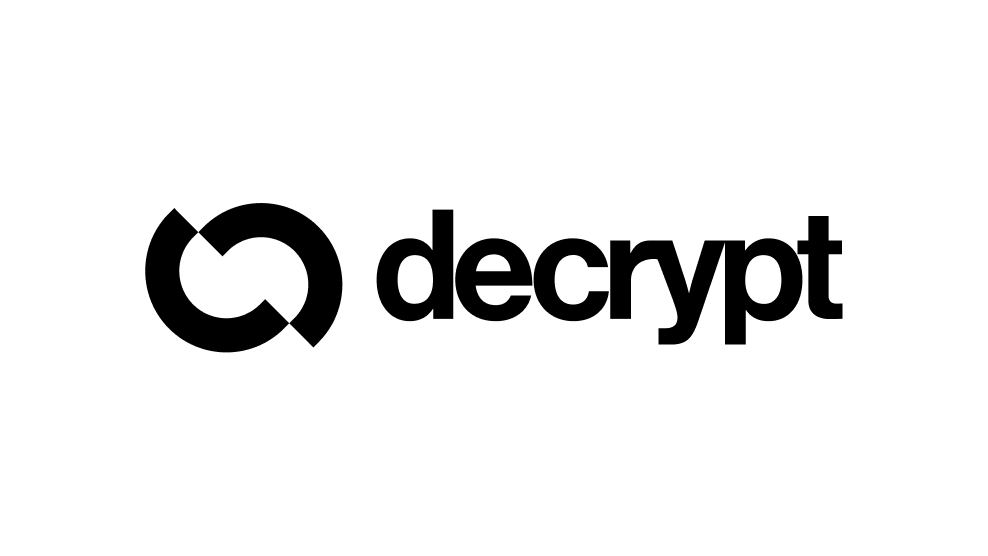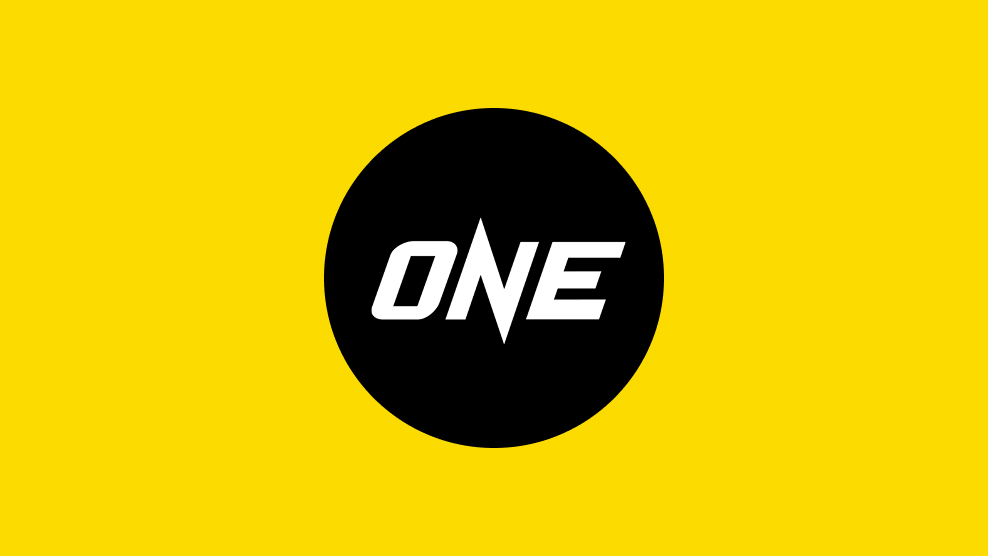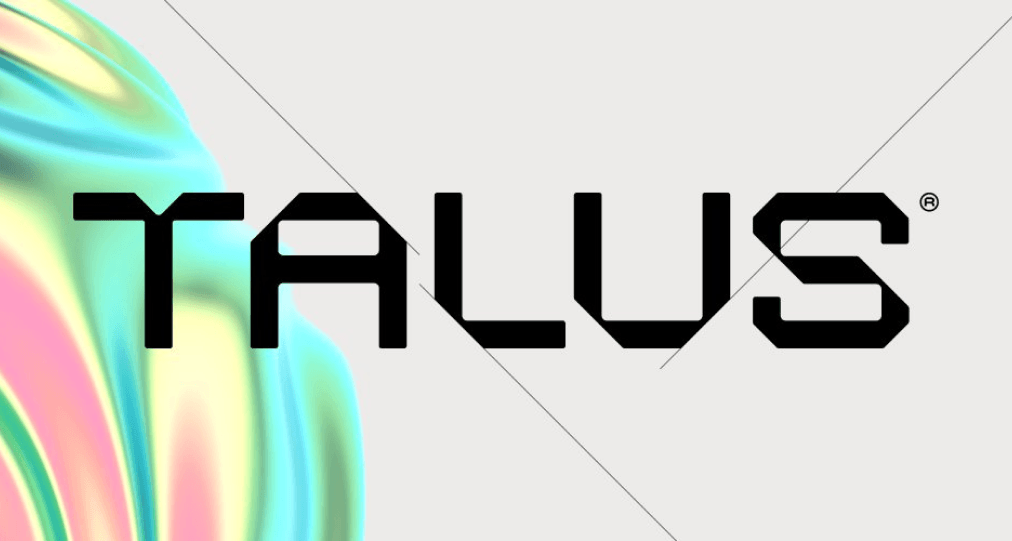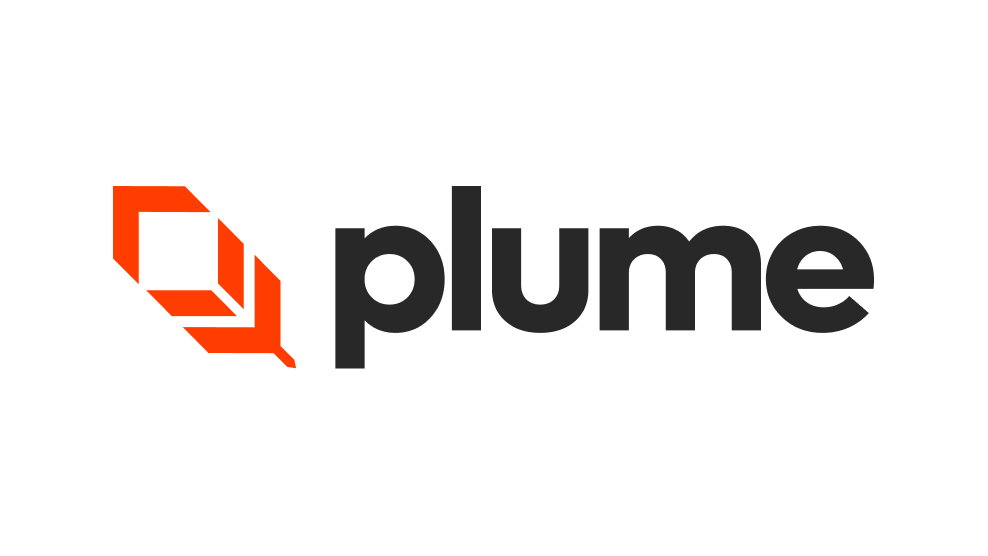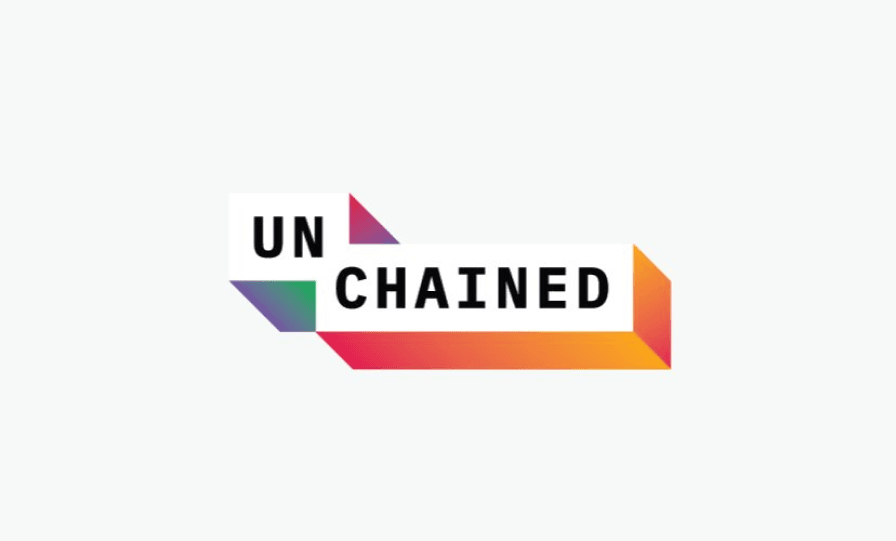
Use WAL
1. Create a wallet
With a Walrus-compatible wallet, you can power data-rich apps, participate in governance, and stake to secure the network. It is your gateway to leveraging Walrus for scalable, onchain storage and accessing the growing ecosystem of applications built on top of it.
2. Buy wal
You can purchase WAL with fiat on supported exchanges or by swapping other cryptocurrencies using supported apps. Choose the method that works best for you.

A crypto exchange offering advanced trading tools to buy and manage crypto

A trusted crypto exchange for buying, selling, and staking digital assets

A global cryptocurrency exchange offering spot and derivatives trading

A leading global crypto exchange, trusted by over 40 million

A crypto platform to buy, sell, and manage digital currencies with ease

A digital asset exchange offering trading services across multiple markets

A simple multichain wallet, reimagined for DeFi and NFTs

Self-custody multichain wallet delivering first-class Sui ecosystem experience

A universal crypto wallet available on app, web, and extension

A powerful multi-platform wallet built for everyone in the Sui ecosystem

A South Korean crypto exchange offering easy ways to trade digital assets

A digital asset exchange offering trading services across multiple markets

Uphold is the platform to discover important new tokens early

A decentralized orderbook exchange for both professional and first-time traders

A crypto exchange providing for spot, futures, staking, and more

One of Europe's leading digital asset exchanges

Simplifying trading for all users and assets

The world's largest cryptocurrency exchange by trading volume, serving 180+ countries
3. Stake your wal
Use your WAL
Stake your WAL tokens to support the Walrus network and earn rewards, or explore applications built on Walrus that use scalable, onchain storage.
Walrus is powered by a proof-of-stake network, where WAL token holders can stake to earn rewards in exchange for securing the network.
How to start staking your WAL

To get started, you’ll need a compatible wallet and some SUI to cover network fees (learn how to get SUI here).

Then, visit the official Walrus staking site, select a storage node operator from the available list, enter the amount of WAL you wish to stake, and approve the transaction to begin staking.
Explore the walrus ecosystem
Projects Now Live on Walrus
A variety of Layer 1 blockchains — spanning EVM, Move, microchain, and modular architectures — integrate with Walrus. Projects built on these L1s benefit from Walrus’ powerful ability to seamlessly store, retrieve, and program a wide variety of data types directly onchain.







